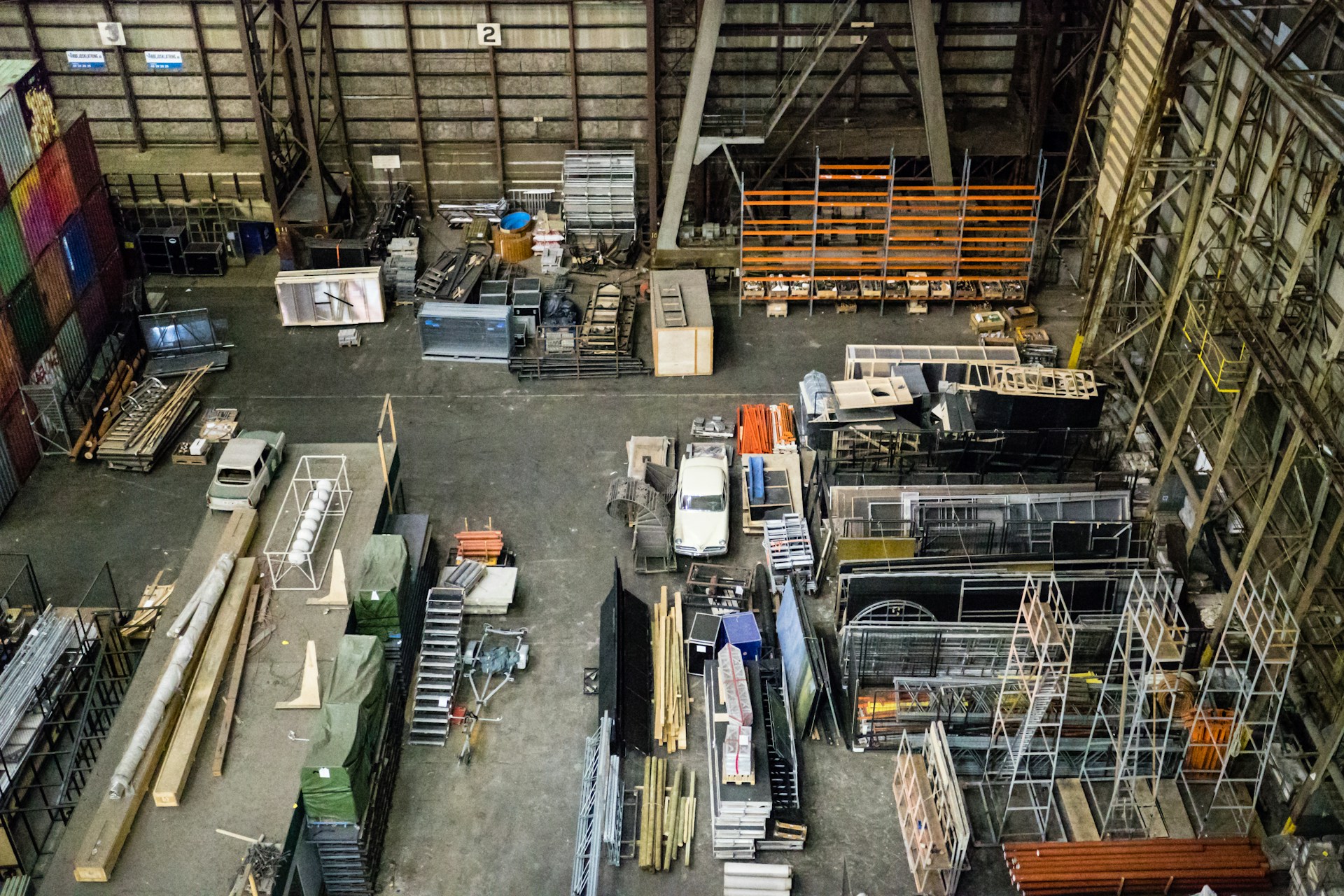Maja and I watched the movie Tangerine at home one night. Our filmmaker friend Bryan Darling said we needed to see it and everyone knows Bryan knows his shit, so you see the things Bryan says to see. Before him, someone told me it was annoying and the acting was bad, so I never had the urgency to see it,
just figured curiosity would get me there eventually. This is that movie you heard about where they use an iPhone and loose script to craft one hell of a day-in-the-life story of two transgendered prostitutes helping each other to get through Sin-Dee’s first day home from jail. There is an immediate knowing when you see this film that something important and special happened here, and, for me, it was one of the most groundbreaking films I’ve seen recently. I consider why someone might find it annoying and though I shouldn’t jump to any conclusions, my spider-sense tells me there are implications in such a quick dismissal. In a reality where hair innovator Donald Trump has a very real chance of being elected the world’s first Sith Lord, and in the art world where race, gender, and sexuality are constant topics of conversation, I feel a nearly constant anxiety about what other hetero white men living in my country spend most of their time thinking about when it comes to people very different from themselves. What less-than-flattering qualities might I share with these self-appointed authorities on how people should think and feel? What do our differences and commonalities mean in terms of how I experience the world and how I make my art? To what degree do I remain oblivious to a wide range of voices rarely able to make it into mainstream America, dignity still intact?
The way that Bee and I first meet is that I cross the street toward her even though she’s about a half a block ahead. I walk at my normal brisk pace and because we made eye contact a minute ago, I can tell she’s slowing down. I feel like a stalker, chasing some poor woman down on the street, about to snatch her purse or even worse. It doesn’t feel right, but I can tell she’s expecting me. I say hello when in earshot. She turns to me and smiles. The interaction is set to take place, but I also realize she has a personal sized pizza in hand. I tell her who I am and what I want to do. When she finally understands that it will at least be published online, she agrees because she wants to share it with her friends. Two of her friends, it turns out, appeared in Tangerine. She says she’s going to go home and after a series of miscommunications and struggling to understand each other, I gather that I should wait nearby until she comes back in about 15 minutes. We exchange phone numbers. Calls and texts take place and fifteen minutes turns into an hour. So in that hour, I have time to kill.
I walk around the gallery by myself trying to focus on the work and not get distracted by my nervousness about my upcoming date with Bee. The show itself is called “There is No More Firmament” evidently after the title of an Artaud play. Whom I’ve never read or seen performed, but whose associations cascade into mind with ease. I know what a firmament is and I associate the pins with stars, and stars with celebrity. I think about what it means for there not to be a firmament, no longer a geocentric orientation with the cosmos. No longer a sense that what is above is a blanket covering us with sacred signs and symbols, we are displaced and insignificant in all that emptiness and despair that the French warned us about. Earth itself might well be one of the thousands of pins, and yet the pins do what they do–pin–in this case each specimen to the study board, frozen and coldly analyzed. But all of what we are analyzing have to do with our biggest dreams and aspirations, heartbreaks, and even love, I think. One wants to grasp everything that is here in this room, and yet it’s impossible. The brain experiences some kind of entropy in the accelerating inculcation of imagery and pattern. What is inevitable is also what’s beautiful about the failure to connect all the dots, that in that failure a kind of sympathy arises for the plight of one who wants and loves too much.
Optional Step:
Two well-dressed white women, probably in their 40’s, quietly and slowly drift from work to work. They wear matching white slacks and equally colorful yet intellectual designer frames. I can’t tell whether they are sisters, a couple, or just best buds. They have the appearance of being smart enough to anticipate every prejudice and to thwart every easy assumption through a collaborative poker-faced fashion strategy.
I hear one say, “I’m going to go get a bio or something. See what’s going on here.”
The one left behind is looking at a big piece I particularly like. The one with what looks like a dead celeb cornucopia. I ask her what she thinks.
She almost grins but not quite. She’s poised, calm, considering my question seriously. A sign of respect and imminent display of authority.
“At first I thought it might be a gimmick,” she says. “But now I’m thinking maybe not. I like the recessed areas, the reflective shells.”
I’m impressed with the way she says “recessed.” Now I know she is someone and now she knows that I know. In situations like these, I sense wealth and education. This isn’t to say I know that she’s rich. She probably isn’t. I’ve found a nearly inverse correlation between wealth and visual literacy in life so far, but I can detect a basic level of comfort and art-world insiderness. She could be anything from a professor, to a critic, to a certain kind of artist herself. It is possible that she could be a museum curator. Very possible.
The conversation continues. She explains why she thinks that although things are on the edge of gimmickry–and here I couldn’t discreetly jot notes down fast enough to accurately quote her–there is enough dispersement of shiny objects in the midst of other formal qualities to keep it from being, in her words—“too slutty.”
I explain that I’m writing a column called How to Give a Shit for Venison Magazine. Her one-word response is “fun,” spoken flat and evenly in a tone that could have only meant the opposite.
By this time her companion has returned with gallery literature in hand and says, “Don’t go too far down the rabbit hole.”
“That’s precisely what I plan to do,” I say by way of oh-so-clever response.
As they walk away, it occurs to me that I have no idea what she meant nor can I explain why I answered the way that I did.
I go back outside to search again for Bee.
Step 2
When entering an art gallery with someone you want to share the experience with, experiment with trying to see through their eyes. This is impossible for let’s say 99.99% of us, but the imagination is, at times, a surprising surrogate.
So when I enter the gallery for the second or third time today, arm in arm with Bee, I try to see it, as best I can, through her eyes. Her scent is intoxicating and a sense of pride and daring emits quite possibly from both of us. I ask her if she has ever been in here. She hasn’t. Before today, she had never visited a gallery or museum. She is in her early 30’s, an 80’s child she calls herself, and being that I had never been to a gallery or museum before I was in my early 20’s, it doesn’t seem that surprising or strange to me. I wonder how best to approach the work, but her hesitance seems to subside once she sees a small blue canvas on the left wall, one of the smallest in the exhibition. At the moment of our approach, she reaches out and gives a friendly but sturdy pat to the many long pins sticking out from the surface of the work.
“Watch out!” I say, nearly shrieking. For her, the pins and bits of cutout collage are an invitation to be tested with all available tools. For me, it’s a near-collision.
She startles and withdraws, looking around quickly to see whether anyone had spotted us.
I’m surprised that this is where she goes, to this tiny affordable version of the hulking monoliths people come to see. Most of us get sucked into the vortexes of the largest works in the room before we defect to the smaller work afterward. I ask her what she likes about it and she responds mostly to the color, this shade of something between cobalt and cerulean. But she also loves the big lips collaged into the work and the word “unknown” seemingly cut out from a comic book at the bottom. Before she brought my attention to it, I might have overlooked it altogether. I see now that there are three main elements to the piece. One can get at least something that feels like a grasp of it, whereas the large works present more than what can be mentally organized.
I ask whether she prefers knowing or not knowing what something is or what it means.
“In life or art?” She asks. It hadn’t occurred to me that there was a difference.
“Huh. In general I guess…”
“Well, sometimes it’s good not to know but…” She pauses. “I would rather know.”
She asks what I prefer.
“I think the same. I like to think I’m comfortable with the ‘unknown,’ but I’m probably not as comfortable as I’d like to believe.”
She tells me about the show Vicki the Robot Maid, which I have never heard of. She explains that she’s a robot house slave. Later, when I Google it, I find that the robot house slave in question is Vicky from Small Wonder, a show I only vaguely remember. I wonder if it’s significant that she describes the maid as a slave. I also wonder if the maid IS a slave. Would it have been funny to an audience in the 80’s?
Then she asks that question everyone asks. “How much do these cost?”“It’s so expensive,” I tell her, “that it’s not even listed on the sheet of paper that’s supposed to tell you.”“But how much?”“I don’t know,” I cringe.
Why does this make me so uncomfortable to explain. “Maybe over $300,000 for the big ones. Maybe more.” I don’t know what I expect for a response. Surprise? Sadness? Laughter?
“Well, I bet it takes a lot of hard work to make all of this.”
I look her in the eyes for clues. I literally start to tear up, but keep it together. I can’t tell whether she noticed.
I ask whether she would ever make art. She thinks about it for quite awhile and tells me she doesn’t know how. I feel like everyone knows how to do something, I tell her. Not all art has to be like this. It doesn’t even have to be something you make. She smiles and tells me she wants to be an actress. She says she likes to be the center of attention, which is funny, because that hasn’t been my impression at all so far. But this is something I can relate to. I’ve always wanted to be a rock star, and yet to address an audience during a lecture scares me to death. I want to be the center of attention too, but I want someone else to stand in for me and just send all the attention-receiving pleasure through a tube that I can slurp up like a milkshake backstage. Would Bee understand if I told her?
And then she adds, “My friend is making a TV show about his life and says if it gets made I can be in it. I’m awkward in a good way.”
This makes me laugh and I tell her she’s right. She stands nearer so that she’s brushing up against me. In fact, this continues intermittently throughout our time together. At times, she takes an interest in something in one of the works and stands directly in front of me and the picture, where there is very little space for her to park. There is no doubt that she places herself where she feels she’ll be most effective. I don’t hate it, but I continue to move around like a nerdy Clark Kent, trying to remain polite around Lois Lane
Step 3
“What is that?” She asks.“Two dicks touching,” I say. I say this because it’s very clear to me that in fact that is what it is.“No it isn’t!” She says in disbelief.“What, you don’t see that?”“No!”
“Whoah, but wait, you see all the sex here right?”
“I don’t think it’s sexual; it’s romantic.”
At this I go on one of my famous tirades. The whole thing is sexual, I tell her. Beginning with the pins themselves, penetrating the surface. There’s all this symmetry throughout, often vaginal. The cups and holes within the surface. The literal broken dicks in one of the pictures in the other room. I think I even saw fallopian tubes in that one over there. All of these lips, that you like, seductive, inviting! It’s like the paintings themselves are fucking the whole universe!
“Seriously,” I ask her, “you think I’m just a big weird pervert making this stuff up?”
She seems embarrassed. Did I embarrass her? Did I ruin the romance with my weird sex fetishes? She leaves me out to dry on my own. My transgendered companion I met on the street has exposed me as a pervert, and my dumb ass is surprised by this because I thought of her in a way that was unearned, untested, and presumptuous. I thought she’d think it was funny, but she didn’t. We easily recover from my mistake, and look at a few more pieces; the sculpture by the entrance in which she points out the hearts I didn’t even see. I can see dicks in everything, but I can’t see hearts in neon light?
As Bee and I exit, she asks me if I come here often. I say, truthfully, that I don’t. She surprises me again by seeming disappointed. I ask her if she’ll tell her sister about today. She says she will, that her sister won’t believe that she had a date with an artist at an art gallery. She uses the word, “date,” and I’m not sure which meaning of the word she intends: personal or professional? She wouldn’t actually have a crush would she? When we step outside, I make the move to my wallet to pay her the $60 I promised. Her face falls. For a moment I hesitate. Am I insulting her? Is it better not to pay? Is that what she meant by “date?” Suddenly, a deadly question stabs me in the back of the head. “How do I know for sure this is a prostitute standing across from me, crestfallen by my gesture?” She takes the cash and gives me a long, meaningful hug. When she turns to leave, she doesn’t look back.
I go back inside searching the work itself for answers in a panic I can’t explain. I jot down furiously what I see in the work and everything that happened here. Going from piece to piece. This is where she talked about Martin. This is where she sat down. This is where we talked about acting. And all the time, my fingers tingling, a lump in my throat, and some sense that I ought to run back outside and tell her I’m sorry. But sorry for what? For the money? For the gap between our private realities?
“What is happening to me?!” says another.“I’m burning! I’m gonna jump!” says a third.
“Everything starts again…”They are going so fast my hand can’t keep up as I write. But I play a game and imagine Bee is one of the women. I’m one of the men. And Maja is up there too. And Elliott Hundley. And his husband. And the homeless woman I saw on Metro one day singing gospel. And the well-dressed clown on board who hugged her. And the little girl who fell in love with the homeless gospel singer.
Elliott: “The Moon’s falling. Let it fall. Everything can go to hell!”
Maja: “Official! No more firmament! No more divinities!”
Little girl: “But I don’t understand what’s going on!”
Elliott’s husband: “Everything there is star and fire. You are fire.”
Homeless gospel singer (singing): “I was born by the river in a little tent. It’s been a long time coming…”
All of us in unison: “Whoever rises will be humbled! Whoever rises will be humbled!”
Clown: “Pointer! What do you hear! Pointer! What do you see!”
Homeless poet: “Emptiness and the property class is in full flight!”
Me: “The molecular grouping in Sirius is everything. These two forces, ours and theirs, had to be put in touch with each other.”
Bee: “It’s love! You become someone else! You become a star!”








